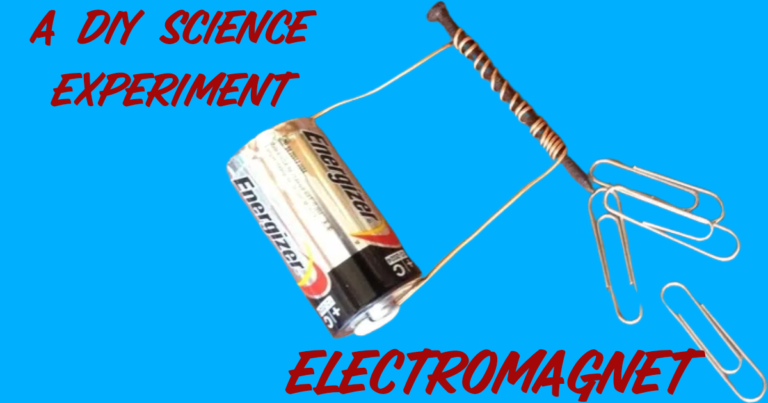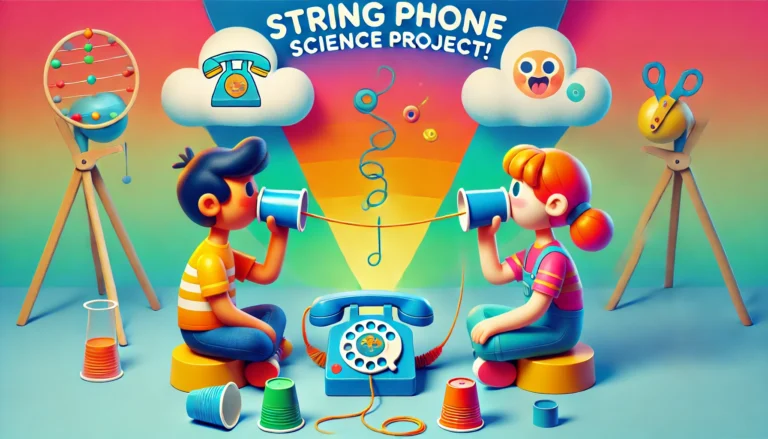Moving Lava Experiment – Fun DIY Lava Lamp for Kids
Introduction
In the 1960s, lava lamps became a fascinating trend in homes and dorms worldwide. With their mesmerizing, colorful blobs moving up and down, these lamps captured everyone’s imagination. But have you ever wondered how this magical motion happens? In this project, we’ll recreate the “lava lamp” effect using simple materials and learn the science behind it.
Objective
To understand how differences in density and solubility create motion in liquids, mimicking the effect of a lava lamp.
Materials Needed
- 2-cup (500-ml) plastic bottle with lid (clean and dry)
- Measuring cup
- Water
- Food coloring (any color of your choice)
- Measuring spoon
- Cooking oil
- Table salt
Procedure
- Prepare the Bottle:
- Fill the bottle about three-quarters full with water.
- Add Color:
- Put 2 drops of food coloring into the water.
- Swirl the bottle gently to mix the color evenly.
- Add the Oil:
- Carefully pour 2 tablespoons (30 ml) of cooking oil into the bottle.
- Wait for a few minutes until the oil and water separate into two layers. The oil will float on top because it is less dense than water.
- Add Salt:
- Measure 2/3 tablespoon (10 ml) of table salt.
- Pour the salt into the bottle and observe what happens.
- Watch the Magic:
- Notice how the oil droplets sink to the bottom, rest for a moment, and then rise back to the surface.
- Experiment Further:
- Add another 2/3 tablespoon of salt to see the motion continue.
- Keep adding salt to observe how the process changes over time.
Observations
- Initially, the oil floats on the water.
- After adding salt, drops of oil sink to the bottom, then rise back to the surface.
- Adding too much salt eventually stops the motion as the water becomes denser.
Explanation
The science behind this experiment lies in density and solubility:
- Density Difference:
- Oil and water don’t mix because oil is not soluble in water.
- Oil has a lower density, so it floats on water.
- Effect of Salt:
- When salt is added, it sticks to the oil, increasing the oil’s density temporarily.
- The denser oil-salt drops sink to the bottom of the bottle.
- At the bottom, the salt dissolves in water, making the oil less dense again. The oil rises back to the surface.
- Final Observation:
- Repeating the process with more salt works until the water’s density increases enough to prevent the oil from sinking.
Fun Fact
The commercial lava lamp uses a waxy substance and liquid with similar densities. Heat from a lamp changes the wax’s density, creating the iconic motion. This experiment mimics the concept with simple materials.
Conclusion
This experiment demonstrates how differences in density and solubility can create mesmerizing movement in liquids. It’s a simple yet powerful way to explore fundamental scientific principles while having fun!
Extensions
- Try different types of oils or other materials like sugar instead of salt.
- Experiment with various food coloring combinations to create colorful effects.
- Discuss how heat could replace salt to change density, like in real lava lamps.






